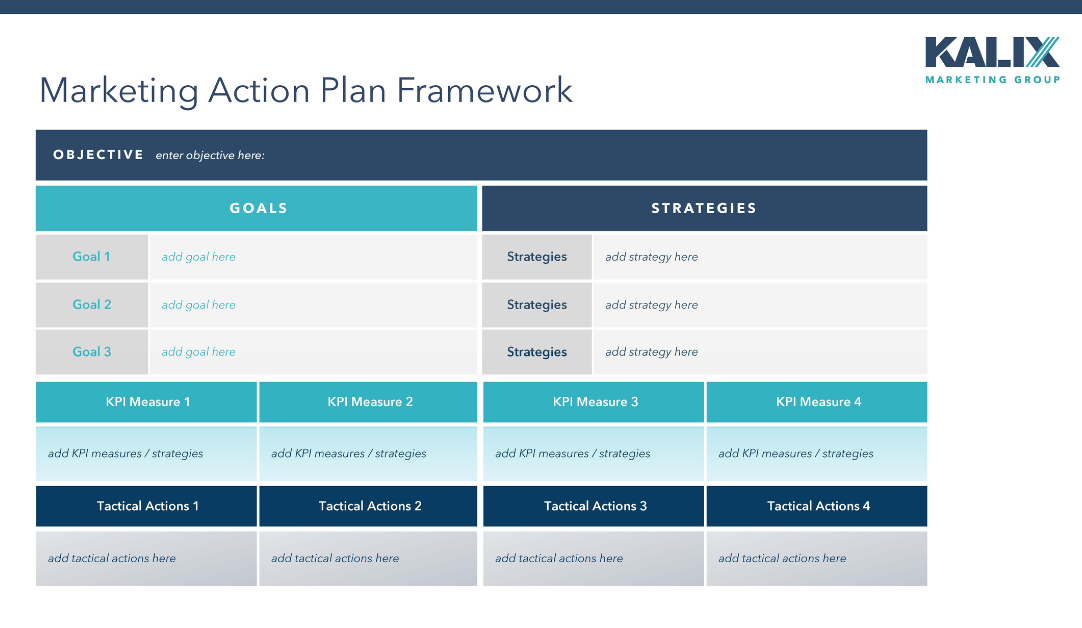Every independent school needs a robust, comprehensive marketing strategy to be successful in admissions, fundraising and communications. There are numerous components that go into the plan, but it all starts with the details on why, where, when and how a school is marketing its value proposition in the marketplace.
Creating this foundational piece upon which to build a successful marketing strategy and program takes time and effort. Many schools have limited human capital on their marketing and communications team and competing priorities from social media, weekly and crisis communications, content creation, website management, print collateral and more.
Here, I will take you through what your school needs to consider to create an effective marketing strategy that addresses your school’s audiences and market dynamics.
What Should be Included in a Marketing Strategy Plan?
Every marketing strategy (or action) plan should consider several objectives:
- How is the plan supporting the admissions and enrollment strategy?
- How is your school getting prospects into the marketing funnel, generating leads and turning those leads into new student enrollment?
- How is the plan supporting your school’s development strategy?
- How is the plan supporting the internal needs of the school communications strategy for students, faculty/staff and current families?
Each of those elements must be addressed in a complete marketing strategy for your school. Outline strategies and tactics for all internal and external audiences: prospective families, current families, alumni, donors, etc.
It’s important to use the data from any recent market research study to drill down into your school’s specific objectives. Interested in recent trends in market research? Read our blog post.
Your plan also needs a content calendar that addresses all your content from social media, web news and your school’s blog to any digital and print publications (weekly newsletters, your school’s magazine, donor report, admissions downloadable PDFs, etc.). What is your strategy to create content around the objectives you’ve identified? How can you repurpose content across several objectives and platforms?
Read our comprehensive guide to creating a robust content calendar.
The Main Elements in a Marketing Strategy Plan
Any marketing strategy plan uses the same elements below. Once you have the basics down, the format is the same for any marketing challenge from rolling out a capital campaign to introducing a new head of school.
Objectives: This is the high-level statement of what your school is trying to do for whom. For example, it might be to increase enrollment in Lower School.
In Objectives, you should list your audiences and any other objectives you want to accomplish for each area (advancement, enrollment, communications, etc.).
Goals: These are the specific metrics by which you will measure success. State your goals in terms of numbers. Using the Lower School enrollment challenge example, you could increase Lower School enrollment by five families or add 100 new prospective families to the funnel.
Strategies: This is where you detail how you will achieve your goals. Example: Create a 12-month digital campaign to geo-target families within 20 miles with children ages 1-5.
Tactics/Actions: This is your nitty-gritty action plan. Using our Lower School admissions objective example, how many digital ads will you publish and when? What is the messaging? How much money are you going to spend? The content calendar should be part of the Tactics.
Measures: How will you measure its success against the stated goal?
Using a Marketing Plan Template
Getting your plan into a digestible digital form for your team to share and collaborate with is critical. There are many templates you may use, but it’s important to choose one (or create your own) that will be simple for you and your team to use and monitor. This is a working document and need not be elaborate.
Here is the format we use at Kalix Marketing, though you may choose another format. The goal is to clearly address each objective and audience.

Having the budget to create the marketing plan you need to reach your objectives is vital. It’s also an investment. And what exactly goes into creating that budget?
Kalix President and founder Jonathan Oleisky demystifies marketing budgets (with actual dollar figures for planning purposes).
More Resources for Creating a Marketing Strategy Plan:
If your school is not blogging, it should be. It’s a key tactic to expand your messaging and meet your objectives. Check out our post on Why Your School Needs to Blog.
Make sure that your social media is working together. There’s great advice here: A School Marketer’s Guide To Integrated Social Media.
Download our free e-books on:
DIGITAL AND SOCIAL MARKETING MUSTS helps you craft winning digital and social media marketing campaigns for your school.
BRAND REFRESH VS. REBRAND? This guide covers all the basics of refreshing or rebranding your brand, which is essential to any marketing strategy.
MARKET RESEARCH BASICS is a comprehensive guide on what you need to know about doing a market research study and using its findings to transform your school’s marketing efforts.
Kalix Marketing can help you create a great marketing strategy plan, market research study and more. Let’s talk.

